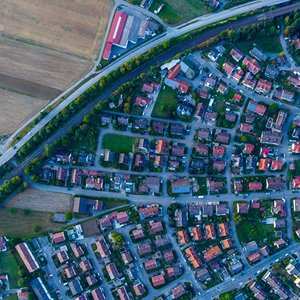Philanthropy is Entering a New Era of Engagement with Native Communities
Institutional philanthropy is starting to recognize the strengths, challenges, and needs that Indigenous people bring to many of our sector’s most pressing areas of work.


















Institutional philanthropy is starting to recognize the strengths, challenges, and needs that Indigenous people bring to many of our sector’s most pressing areas of work.
Grantmakers who prioritize learning with their grantees ahead of traditional outcomes help to balance power dynamics, promote a shared understanding of the work, and support more equitable and open relationships.
Volume 13, issue 4 of The Foundation Review focuses on the United Nations’ Sustainable Development Goals (SDGs) and how they can be used as tools for community leadership.
For many nonprofits, the concept of cryptocurrency still feels alien and difficult to grasp. Still, its appeal as a donor vehicle and the new wealth it’s generating are undeniable, pushing savvy nonprofits to keep up.
Jamila Jabulani calls on funders to think more creatively and intentionally about how they can best support the emotional, mental, and physical wellbeing of their nonprofit grantees.
Beth Breeze reminds us that we all have a stake in philanthropy, as both givers and recipients, and it’s time we reclaim it from a reputation of elitism.
Donors of color are leading — or are playing an increasingly visible role in leading — many of the shifts we’re seeing today in the field of philanthropy.
CMF’s Kyra Hudson describes innovative strategies that aim to improve college access, address the student debt crisis, and close the gap between educational attainment and needed workforce skills in Michigan.
Michael Moody shares a list of potentially harmful philanthropic practices in the hopes that it sparks further reflection and awareness in the field.
Emily Rasmussen explains the rise of DAOs — decentralized autonomous organizations — what they are, and how they are an important and innovative part of the evolution of collective giving.